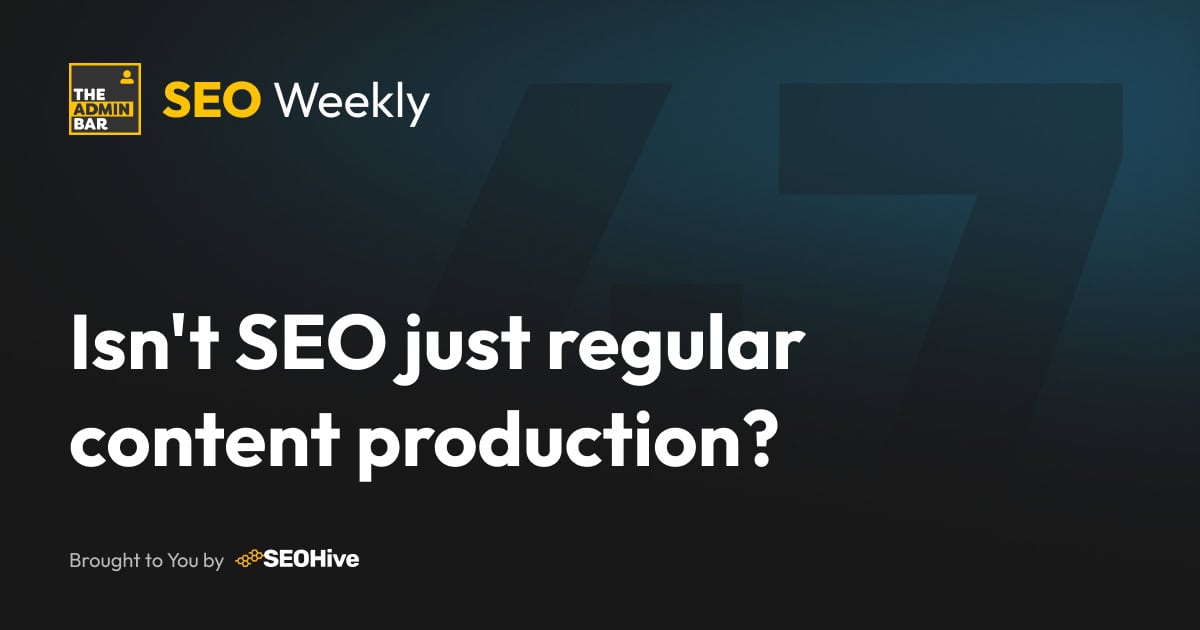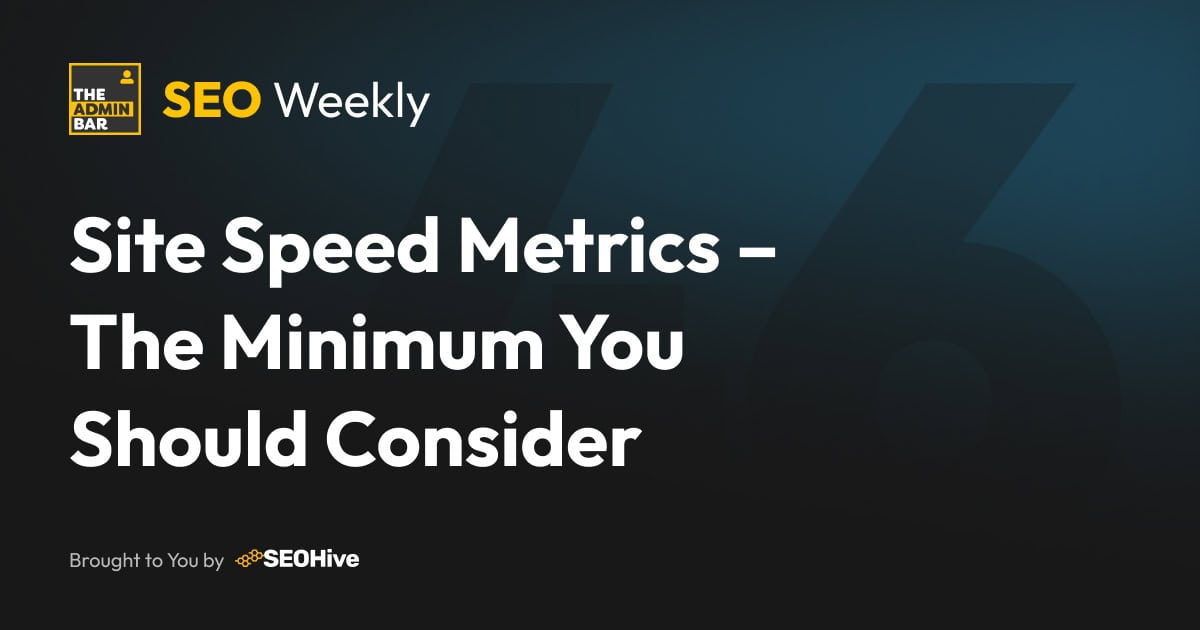If there’s one content strategy that consistently delivers both SEO results and a better user experience AND has stood the test of time, it’s the pillar-cluster model. Yet many site owners are still creating isolated, disconnected content that doesn’t leverage this powerful approach. 🤔
Why? Because organizing content strategically takes more planning than just churning out random blog posts. But trust me – the results are absolutely worth it! 💯
Here’s a full breakdown of content pillars and clusters to transform your content strategy:
What Are Content Pillars?
Content pillars are comprehensive, authoritative pieces of content that cover a core topic broadly. Think of them as the framework (or mountain peak) of your content strategy. They’re typically:
- Longer, in-depth resources (2,000+ words)
- Target broader, higher-volume keywords
- Address the main topic from multiple angles
- Serve as “hub” pages that link to more specific content
For example, a pillar page might be “Complete Guide to SEO for Small Business”, covering the topic comprehensively but not exhaustively.
(An example of this is the post I wrote for the TAB website about “How to structure a website into pillars and clusters” – it’s STILL on page one… Kyle, you’re welcome 😂 https://theadminbar.com/how-to-structure-a-website-into-pillars-and-clusters/).
What Are Content Clusters?
Content clusters are collections of related, more specific content pieces that connect back to your pillar page. These are:
- More focused on specific subtopics
- Target longer-tail, more specific keywords
- Go deeper on individual aspects of the main topic
- Link back to the pillar page and each other when relevant
Using our example, cluster content might include “Local SEO for Small Business,” “On-Page SEO Tips for Small Business Websites,” and “How to Build Backlinks for Small Business.”
Why This Strategy Works
The pillar-cluster model isn’t just about organization – it delivers real results:
✅ Establishes topical authority – Shows Google you’re an expert on the broader subject.
✅ Improves internal linking – Creates a logical site structure that’s easier to navigate.
✅ Reduces keyword cannibalization – Prevents your pages from competing against each other.
✅ Captures traffic at different stages – Meets users with varying levels of intent and knowledge.
✅ Boosts overall domain authority – Lifts rankings for ALL your related content.
How to Implement Pillar-Cluster Content
1️⃣ Identify your main topics – What broad subjects align with your business and audience needs?
2️⃣ Research related subtopics – What specific questions and keywords relate to each main topic?
3️⃣ Create your pillar content – Develop comprehensive resources that cover the broad topics.
4️⃣ Develop cluster content – Create focused content for each subtopic that links back to the pillar.
5️⃣ Interlink everything – Make sure your cluster content links to the pillar and other relevant clusters.
The beauty of this approach is that it scales efficiently. Each new cluster piece you add strengthens the entire topic ecosystem, boosting your pillar page and other related content.
Don’t worry if you can’t create everything at once. Start with one strong pillar and 3-5 pieces of cluster content, then expand over time as resources allow. This approach still delivers results and builds momentum while being manageable for smaller teams or budgets.
Getting Started
If you’re still publishing content without a clear structure, you’re missing a massive opportunity to build authority and rankings. The pillar-cluster model might take more planning initially, but the compounding SEO benefits make it well worth the effort.
Even better, if you already have a lot of content, then you don’t need to start from scratch! Audit your existing content and reorganize it into pillars and clusters to get out of the gate quickly. Often, the content you need already exists – it just needs strategic restructuring and proper interlinking.
Again, a complete step-by-step process for this can be seen here: https://theadminbar.com/how-to-structure-a-website-into-pillars-and-clusters/.
What core topics would make sense as pillars for your business? Let me know in the comments! 👇






